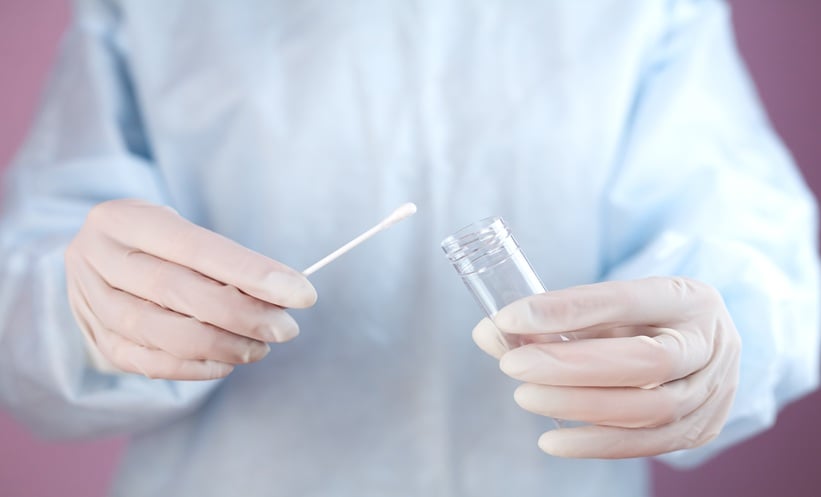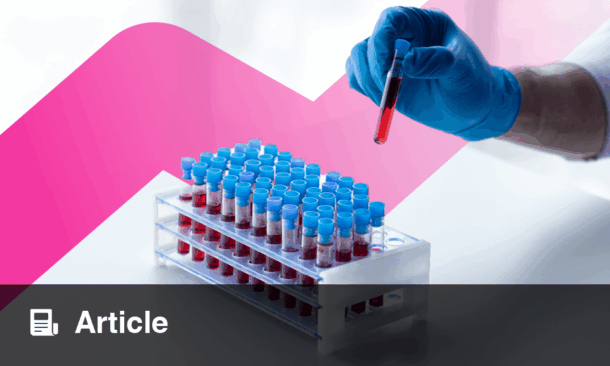NEW research presented at IDWeek 2024 may impact advice patients are given on how long antibiotics take to work following treatment of bloodstream infections. This new study found that a 7-day antibiotic course for hospitalized patients with bloodstream infections was as effective as a traditional 14-day course of antibiotics. Bloodstream infections are a leading cause of hospital mortality and typically require long antibiotic regimens, but this new data suggests shorter treatments may be equally safe and effective.
Across 74 hospitals in 7 countries, the trial included over 3,600 patients who were randomly assigned to either a 7-day or 14-day antibiotic regimen. The results showed that the 90-day mortality rate for patients receiving the shorter 7-day treatment was 14.5%, compared to 16.1% for those on the longer course. This difference fell within the study’s non-inferiority margin, indicating that a 7-day treatment is not only sufficient but can be considered just as safe for many patients. These results were consistent across different patient subgroups, including those in the ICU and those with varying sources of infection.
Abstract authors Dr. Nick Daneman and Dr. Rob Fowler, Sunnybrook Health Sciences Centre, University of Toronto, Canada, successfully showed that shorter antibiotic courses could reduce the risk of antibiotic resistance, minimize patient side effects, and lower healthcare costs without impacting patient outcomes. Additionally, the research contributes to the streamlining of care by shortening of hospital stays which could alleviate costly hospital resources.
This new evidence-based approach to treatment of bloodstream infections has great promise impacting patient outcomes and antibiotic overuse.
Reference: Daneman N, Fowler R. 7 versus 14 days of Antibiotic Treatment for Patients with Bloodstream Infections. IDWeek 2024. October 16-19, 2024.
Anaya Malik | AMJ








